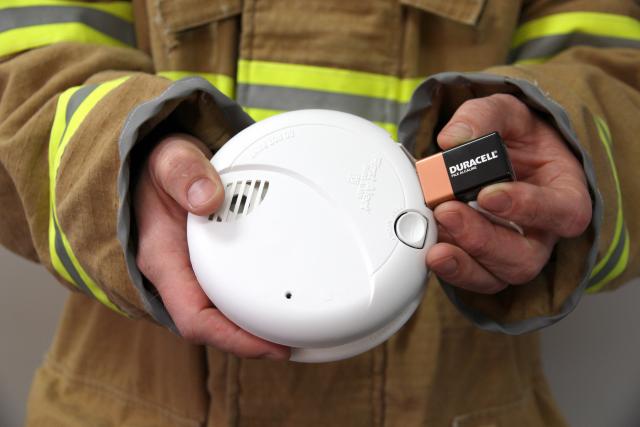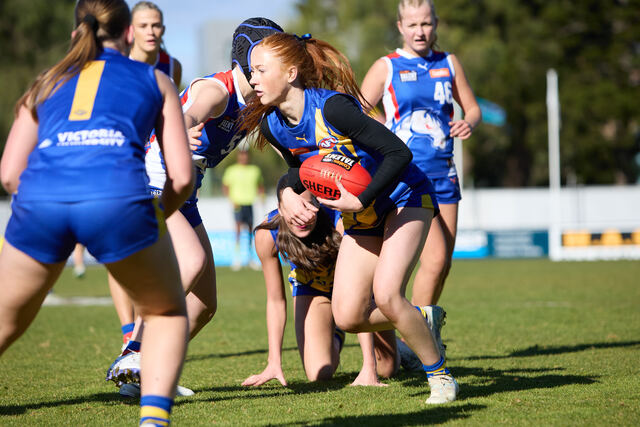As Victorians prepare for the end of daylight savings, the Country Fire Authority (CFA) is reminding of the need to check smoke alarm batteries.
Only working smoke alarms save lives, and that is the message CFA and Fire Rescue Victoria (FRV) are telling all Victorians as the state turns its clocks back at 30am on Sunday April 2.
To check your smoke alarm, press ‘test’ and wait for the beeping sound, then each month continue to test, vacuum, and dust your alarm to remove any particles that may affect its performance.
CFA chief officer Jason Heffernan said it is essential that families are conducting monthly testing of their smoke alarms to keep their loved ones safe.
“Without a working smoke alarm in all living and sleeping areas of your house, you may not wake if there is a fire,” he said.
“We know that in the last 10 years, CFA have responded to more than 14,000 residential fires that have seen 490 casualties. We want to see that number drop significantly.
“The best way to keep your family safe is to install interconnected smoke alarms, so that when any alarm activates, all smoke alarms will sound, allowing you to evacuate early.
“If you live in a house with more than one level, it’s best to install a smoke alarm on each of those levels.
“We recommend the use of smoke alarms powered by a 10-year lithium battery to ensure their longevity.”
FRV recommends smoke alarms be replaced with interconnected alarms in all sleeping areas, living spaces, and hallways.
FRV acting deputy commissioner community safety Gavin Rooney said it’s critical to test your smoke alarms every month and dust or vacuum them yearly as well.
“Smoke alarms should be replaced or changed every 10 years,” he said.
“The end of daylight saving is a great time to replace your smoke alarms.”
When checking, installing, or replacing your smoke alarms, CFA and FRV recommend:
• Only working smoke alarms save lives.
• The use of smoke alarms powered by a 10-year lithium battery.
• Smoke alarms must be located between each bedroom area and the rest of the house.
• Smoke alarms should be installed in every bedroom and living area.
• Smoke alarms should be installed on the ceiling at least 30cm from the wall, or installed on the wall at least 30cm from the ceiling to avoid dead air space.
• Smoke alarms should be interconnected, so that when any alarm activates, all smoke alarms will sound.
• Smoke alarms should be tested monthly by pressing the test button on the alarm and waiting for the test alarm to sound.
• Smoke alarms should be cleaned with a vacuum cleaner or dusted at least once a year to remove particles that will affect smoke alarm performance.
• Replaceable batteries in a smoke alarm need to be changed yearly.
• Smoke alarms, including those attached to mains power, should be replaced every 10 years.







